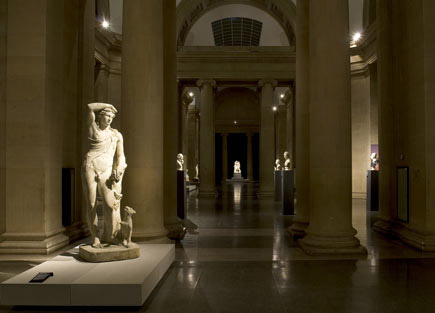The ghost of Johann Joachim Winckelmann, author of the History of the Art of Antiquity (1764), haunts the compelling new display of Neoclassical sculpture in the Duveen Galleries at Tate
“Like the soft tendrils of the vine, his beautiful hair flows round his head, as if gently brushed by the breath of the zephyr. It seems to be perfumed by the essence of the gods, and tied with charming care by the hands of the Graces. In the presence of this miracle of art I forget the whole universe and my soul acquires a loftiness appropriate to its dignity. From admiration I pass to ecstasy, I feel my breast dilate and rise as if I were filled with the spirit of prophecy; I am transported to Delos and the sacred groves of Lycia – places Apollo honoured with his presence – and the statue seems to come alive like the beautiful creation of Pygmalion.”
No one had written about art in this way before. Winckelmann preached his beliefs with such force and passion that he changed the course of taste,...


